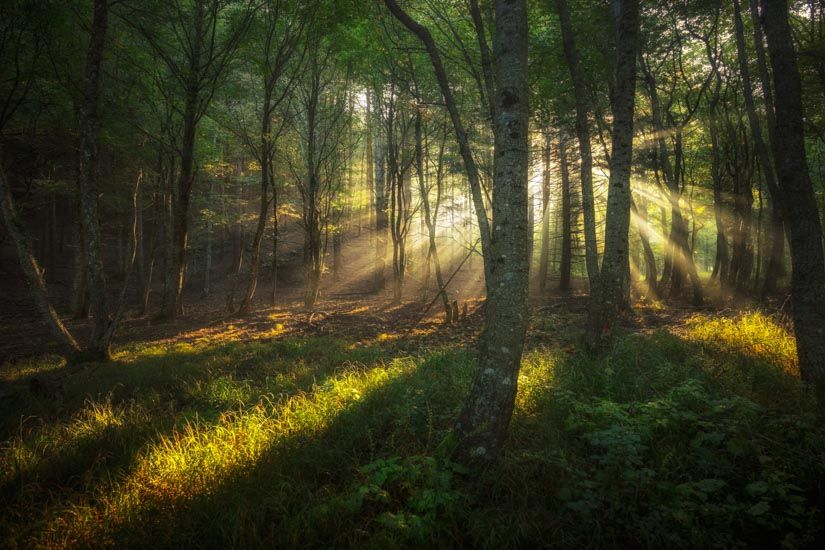The importance of the UNESCO network of ancient beech forests for the preservation of the integrity of unique biological and ecological processes in a forest habitat.
The conclusion of the dossier for the expansion process of the UNESCO Serial Site “Ancient and Primeval Beech Forests of the Carpathians and Other Regions of Europe” is approaching, with the inclusion of two State Natural Reserves managed by the Forestry Carabinieri – Biodiversity Group: Foresta Umbra – Sfilzi in the Gargano National Park and Valle Infernale in the Aspromonte National Park. In addition to these, the component of the Pollino National Park will be significantly expanded with the ancient beech forest of Pollinello.
The protection of ancient beech forests is pursued through an internationally coordinated project, which first involves the formation of a unique strategic network and the implementation of conservation projects for ancient beech forests with a high degree of naturalness. This is done to protect the integrity of the unique biological and ecological processes in a strategically important forest habitat within the broader diversity of environments at the European scale.
The uniqueness of the UNESCO network, which currently preserves 78 ancient forests across 92,000 hectares and 40 protected areas in 12 European countries, makes it an important tool for biodiversity conservation and climate change mitigation.
In Italy, the dossier coordination was carried out by the Abruzzo, Lazio, and Molise National Park in synergy with the Ministry of the Environment and with the scientific consultancy of the University of Tuscia (DAFNE).
The proposed expansion will not only protect additional remnants of ancient forest but also preserve areas of significant biodiversity that are unique in Europe, such as those in Gargano, Pollino, and Aspromonte, where we also find the ecological limit of beech in its natural habitat.
